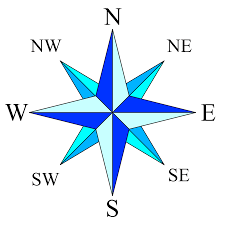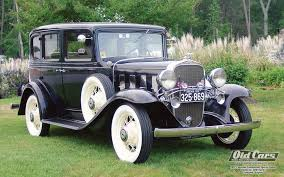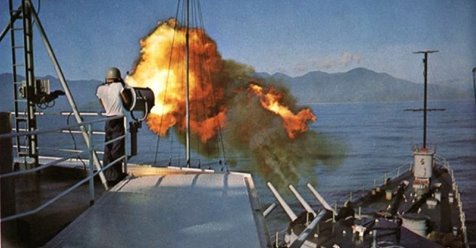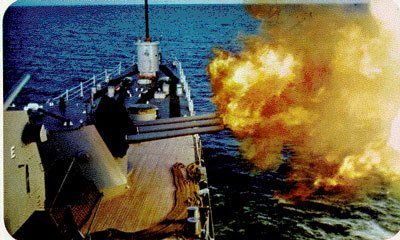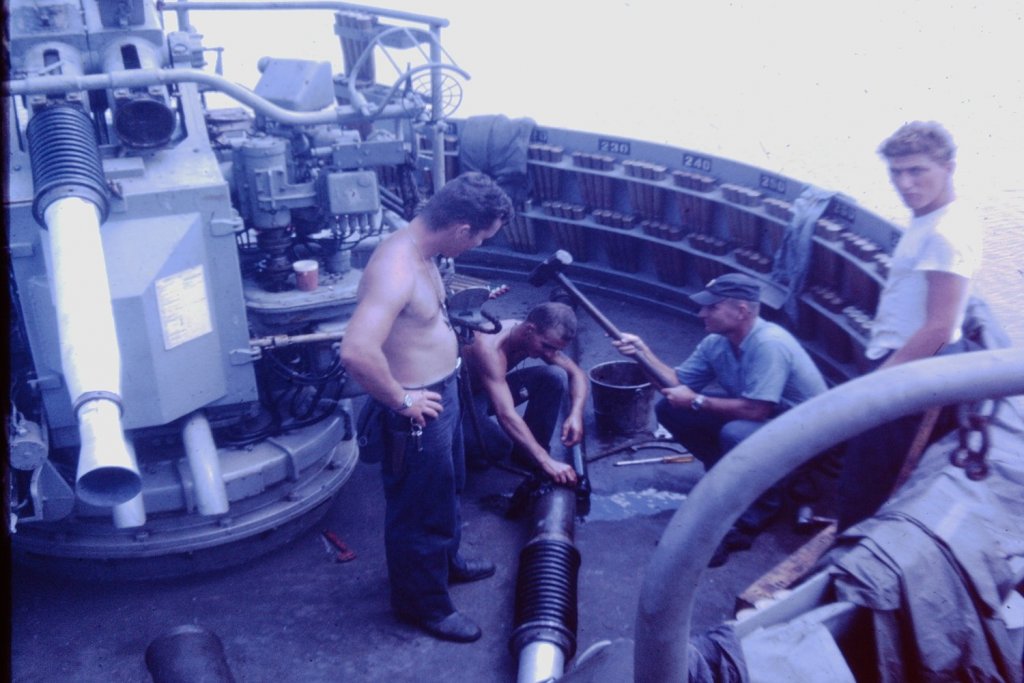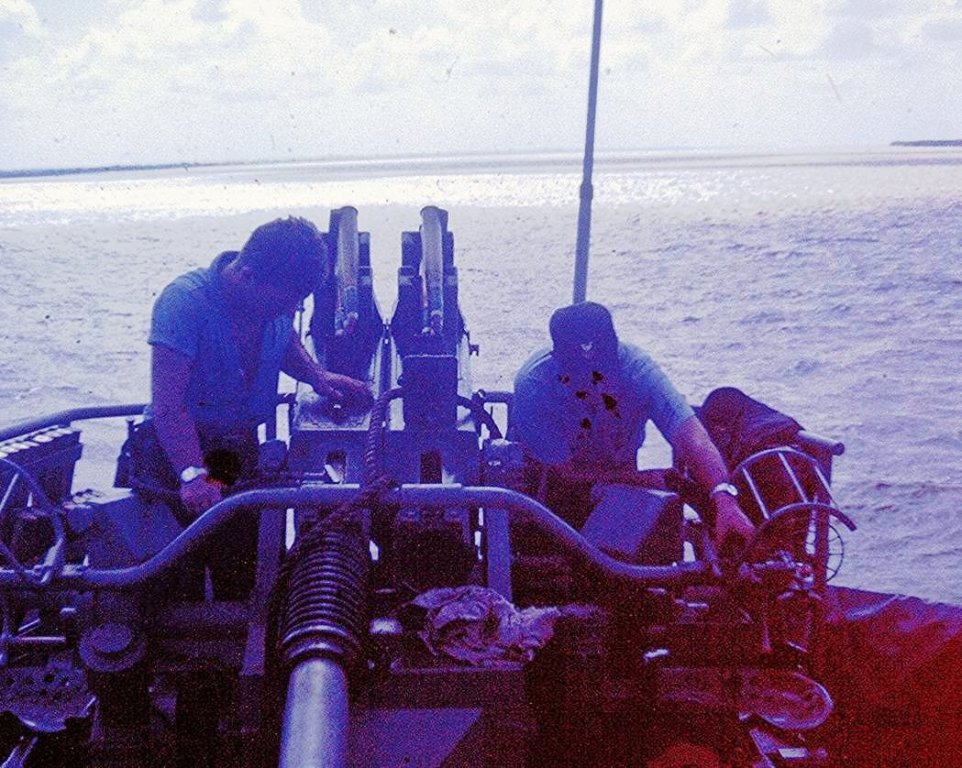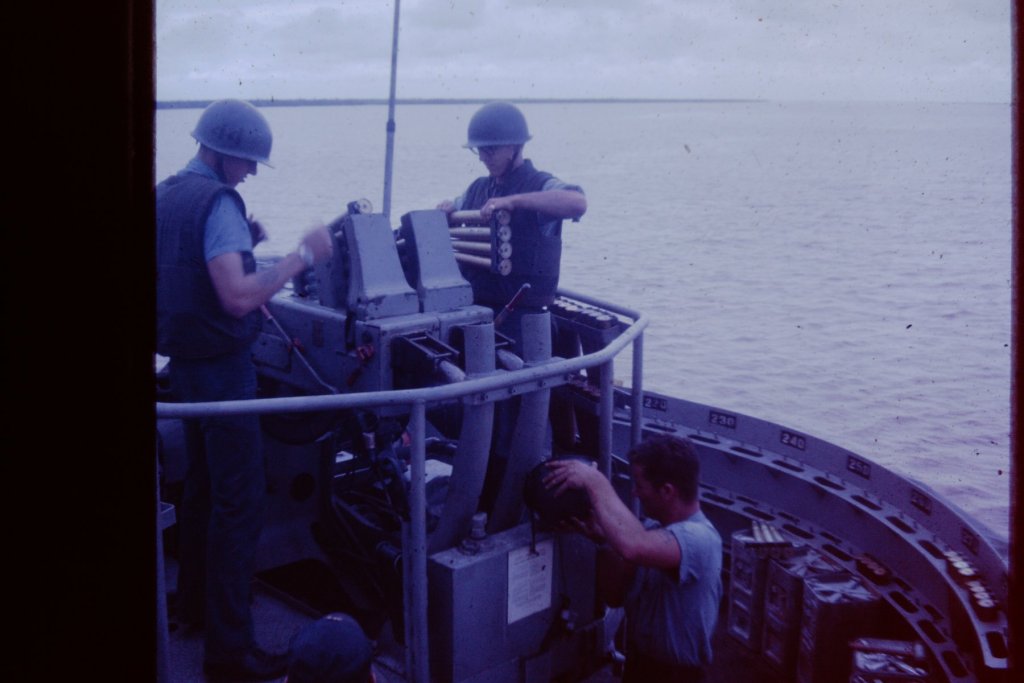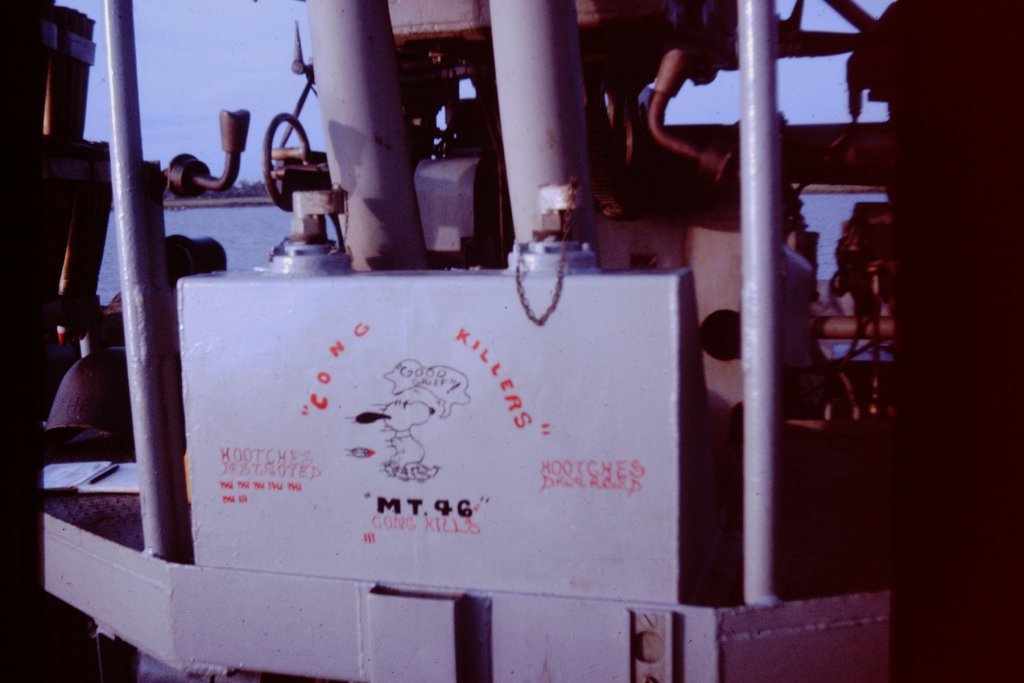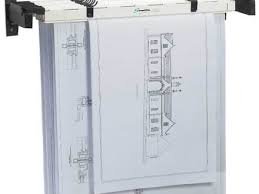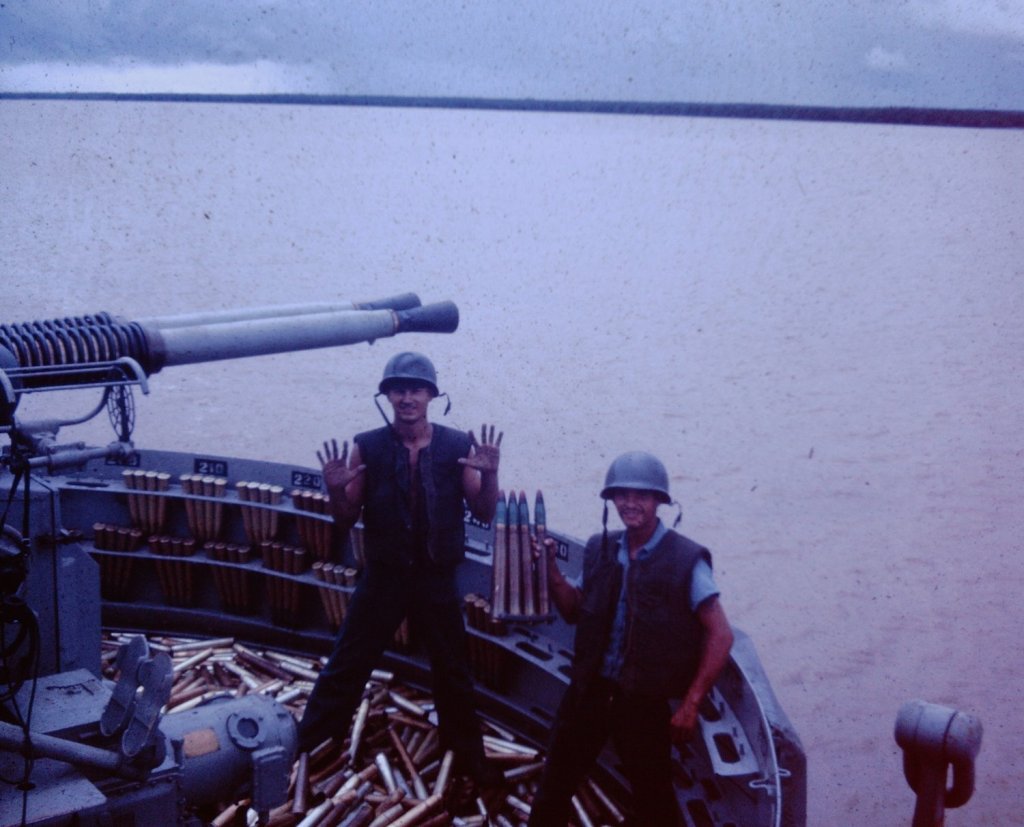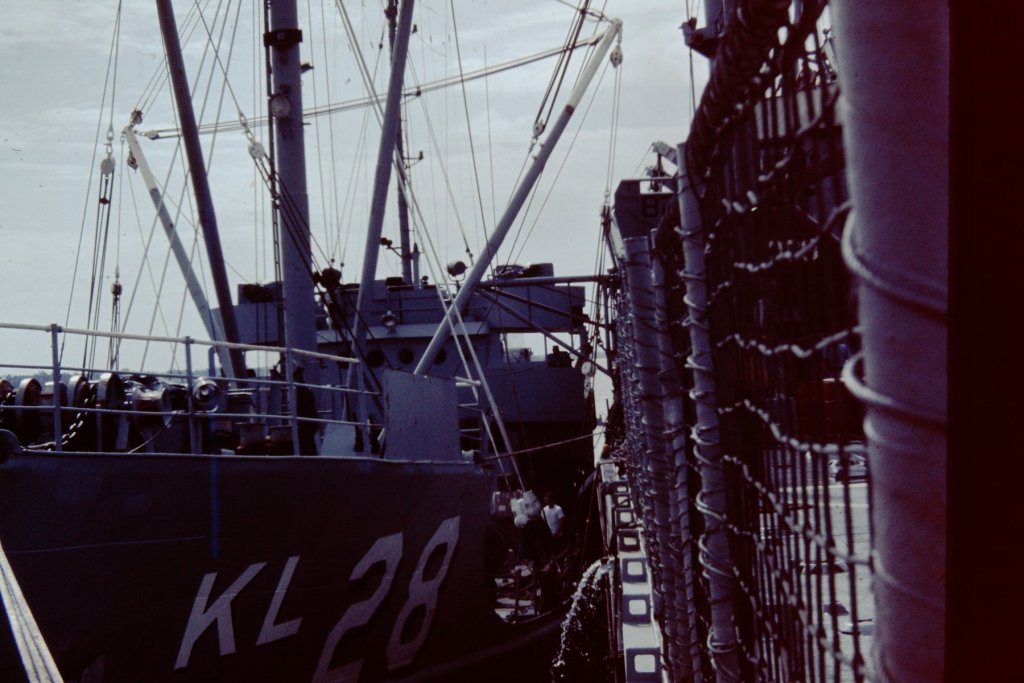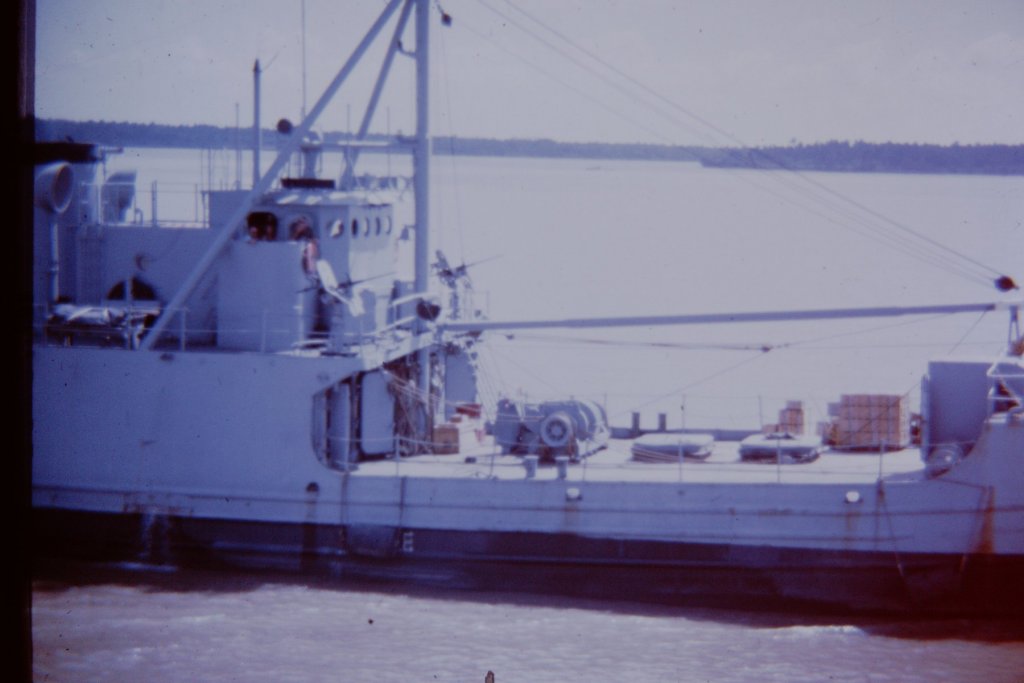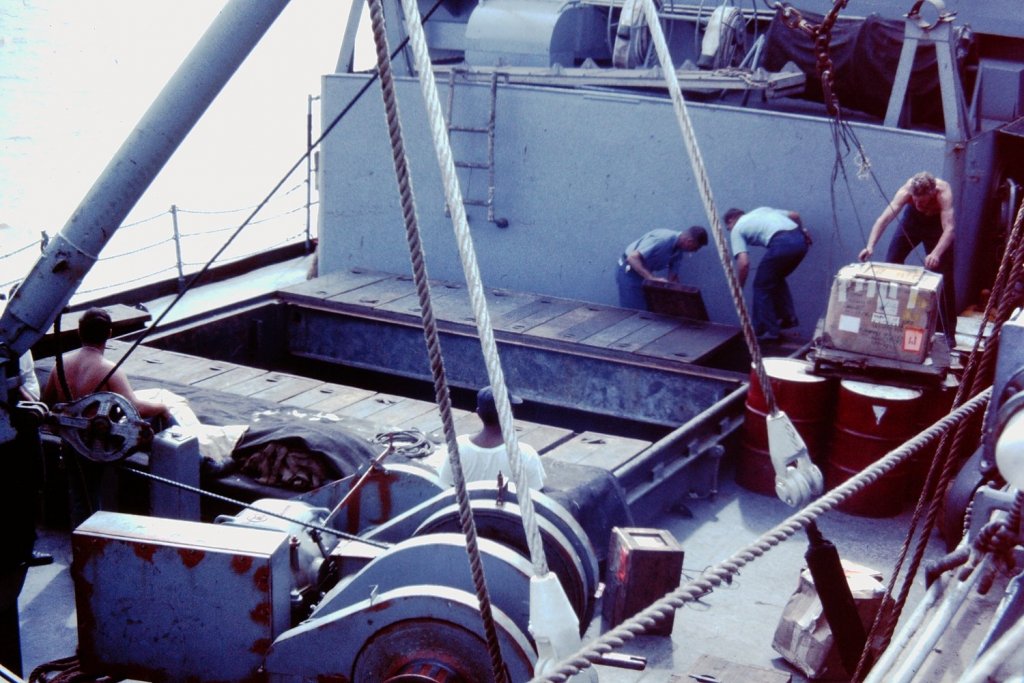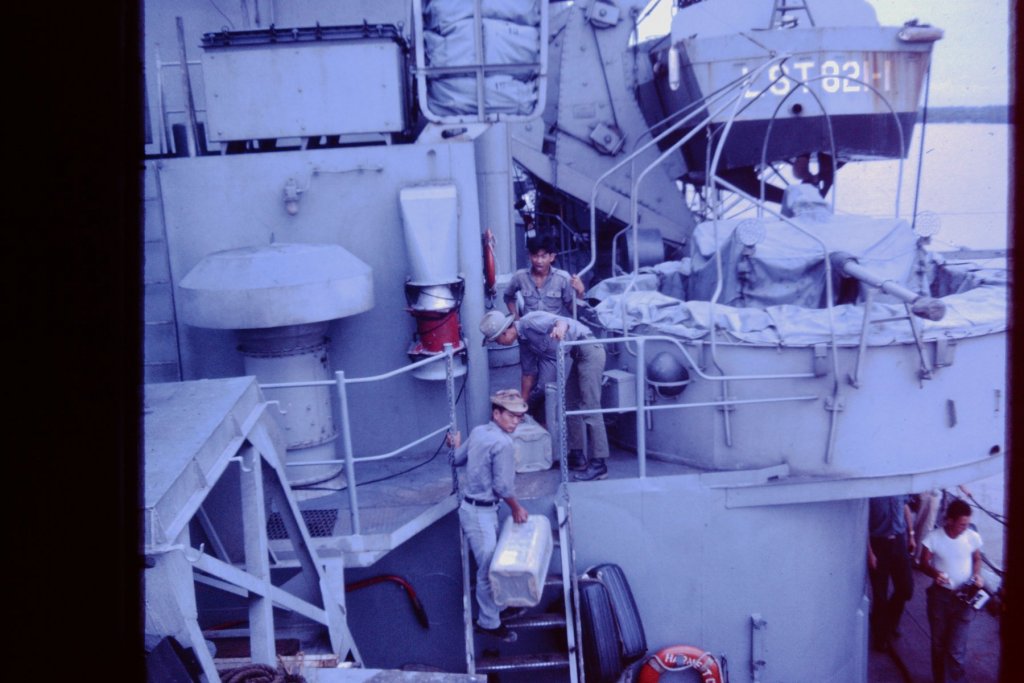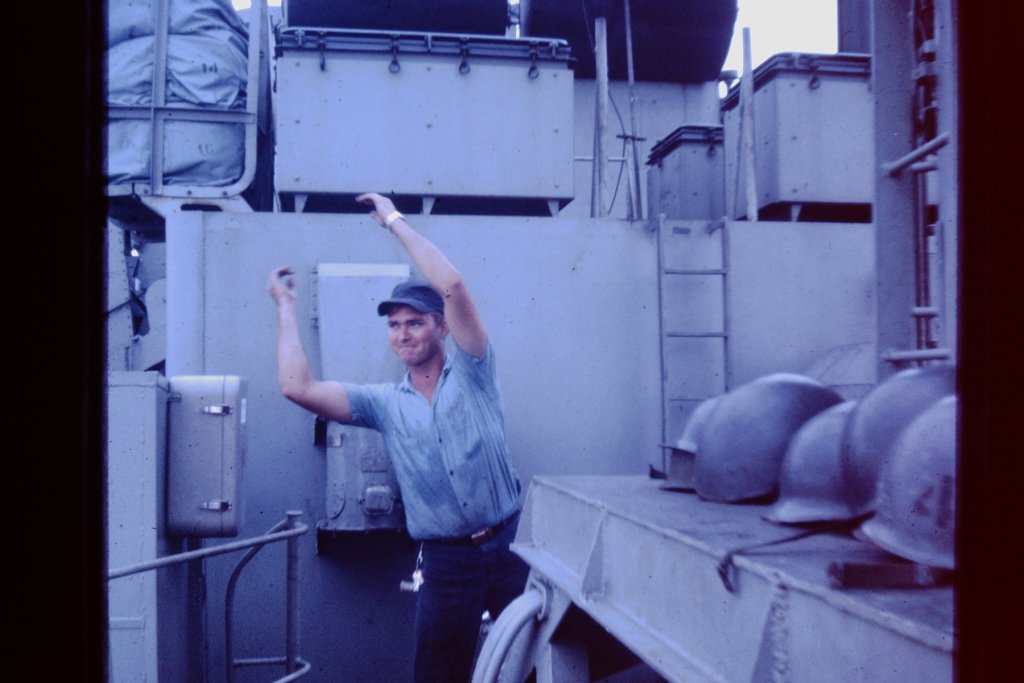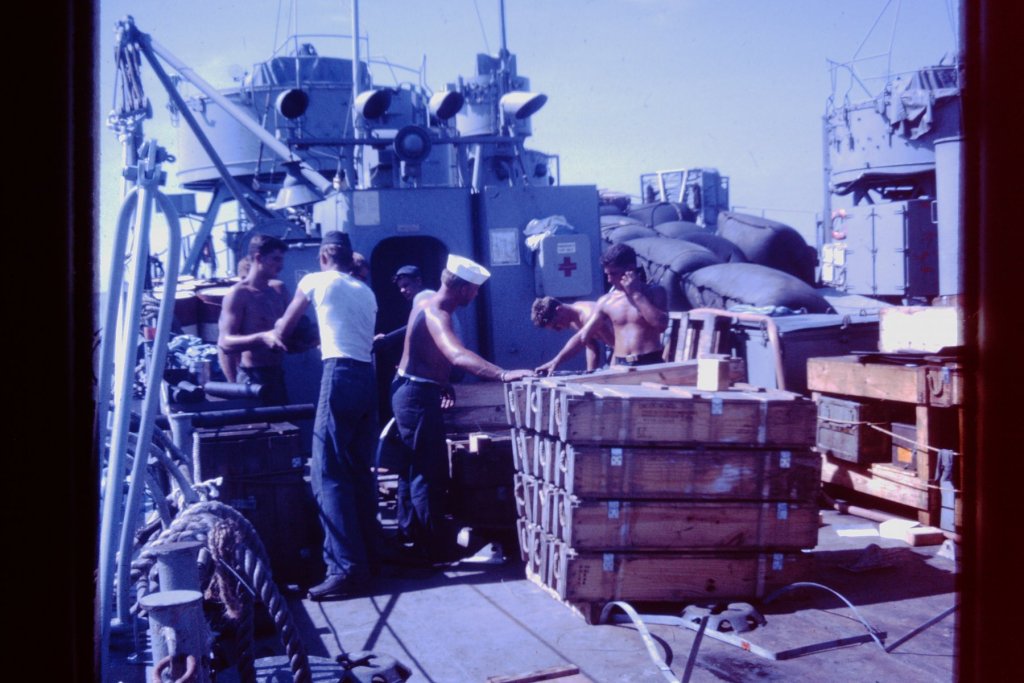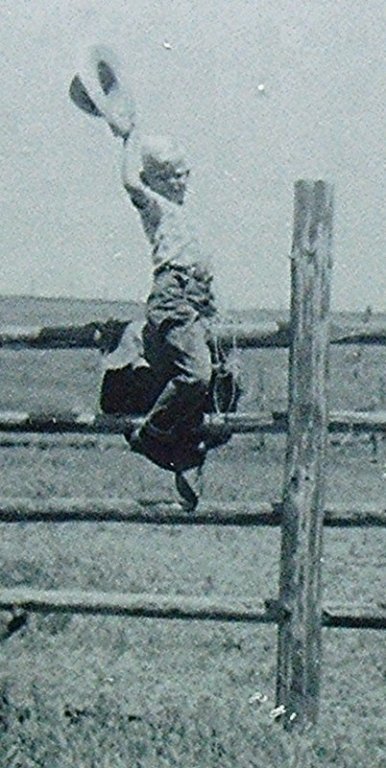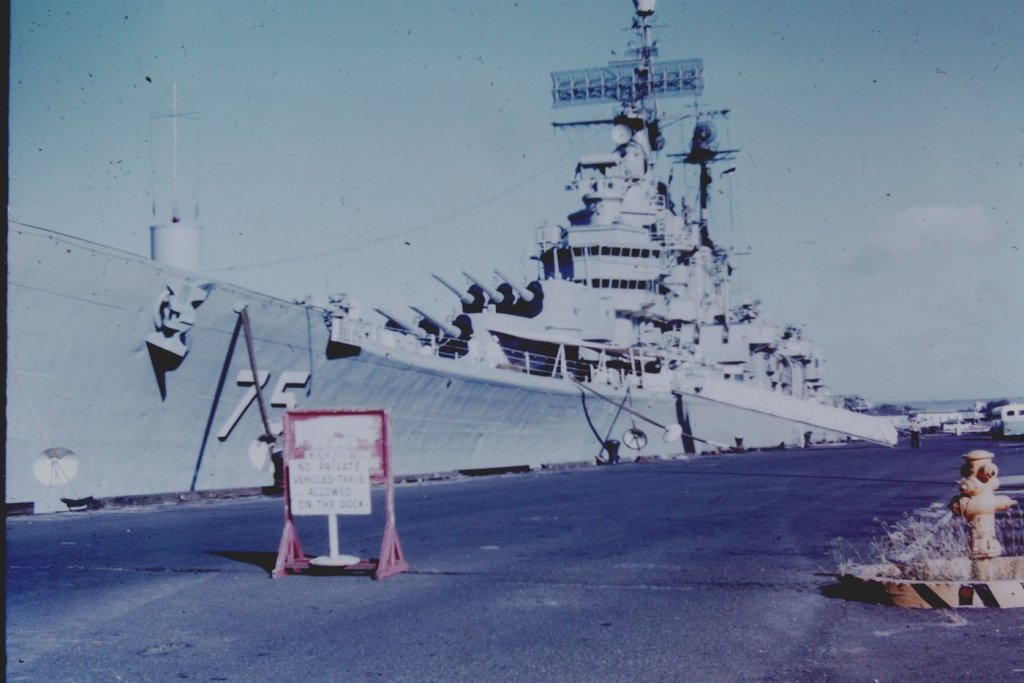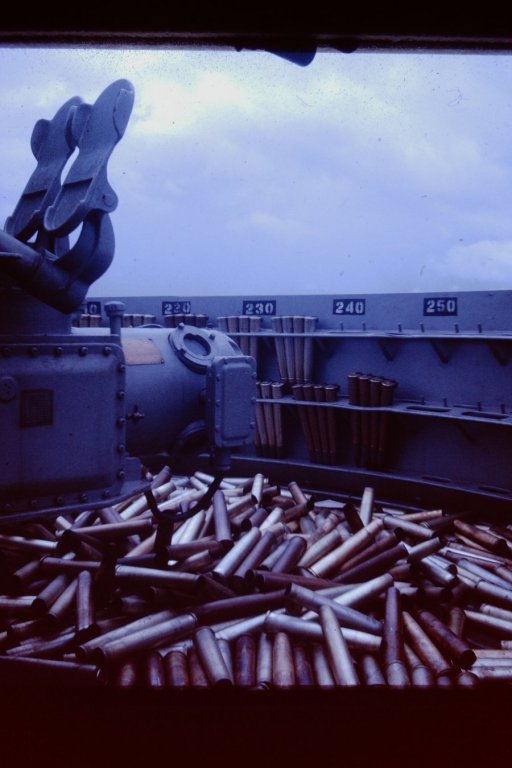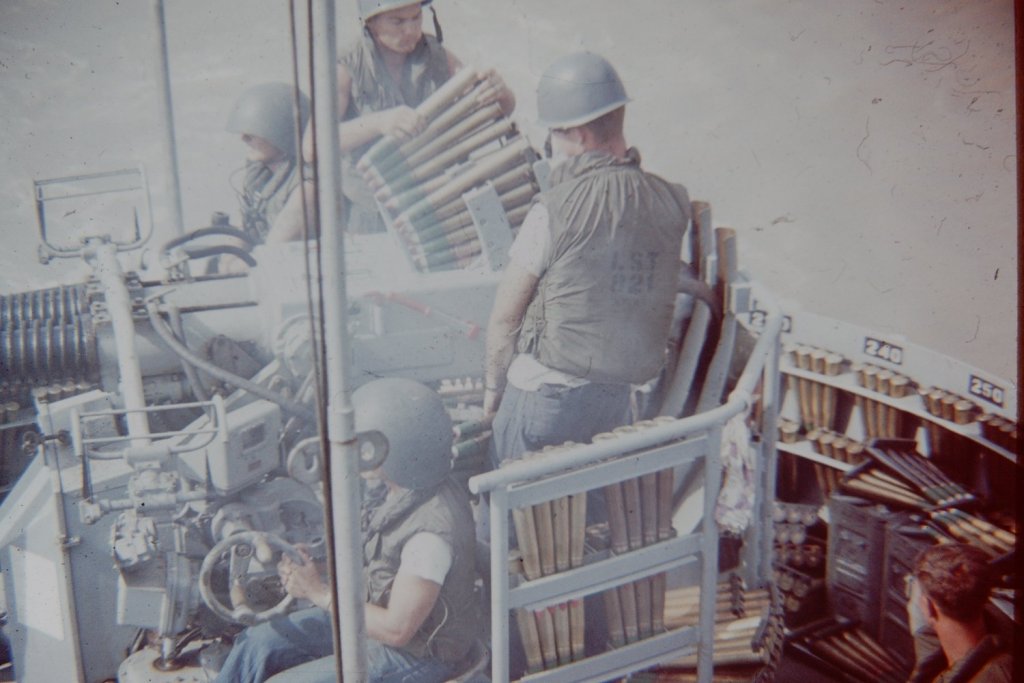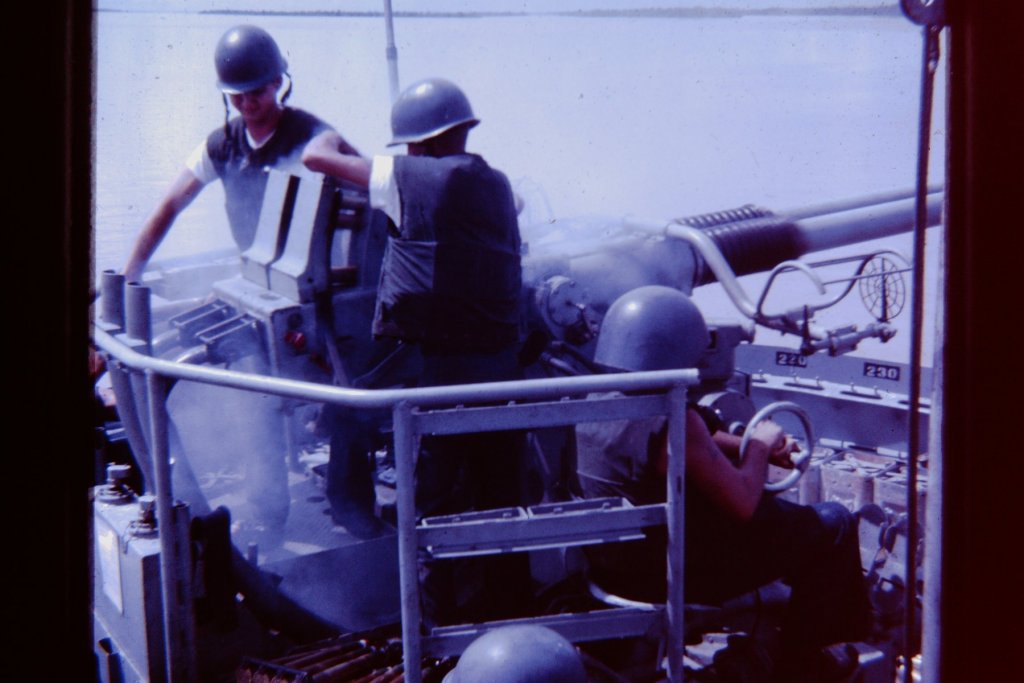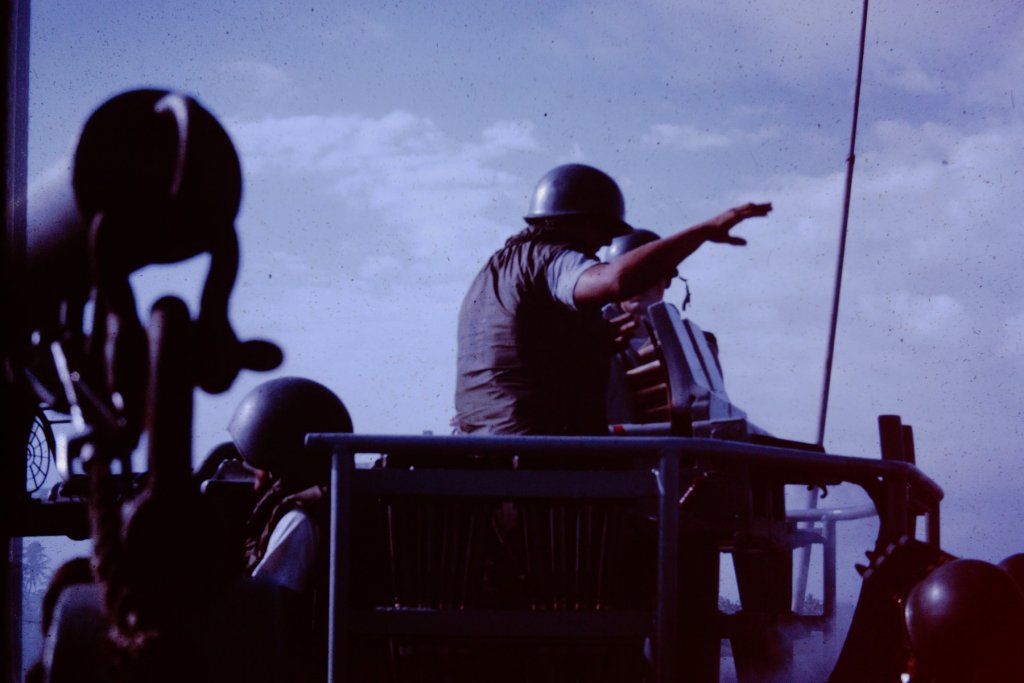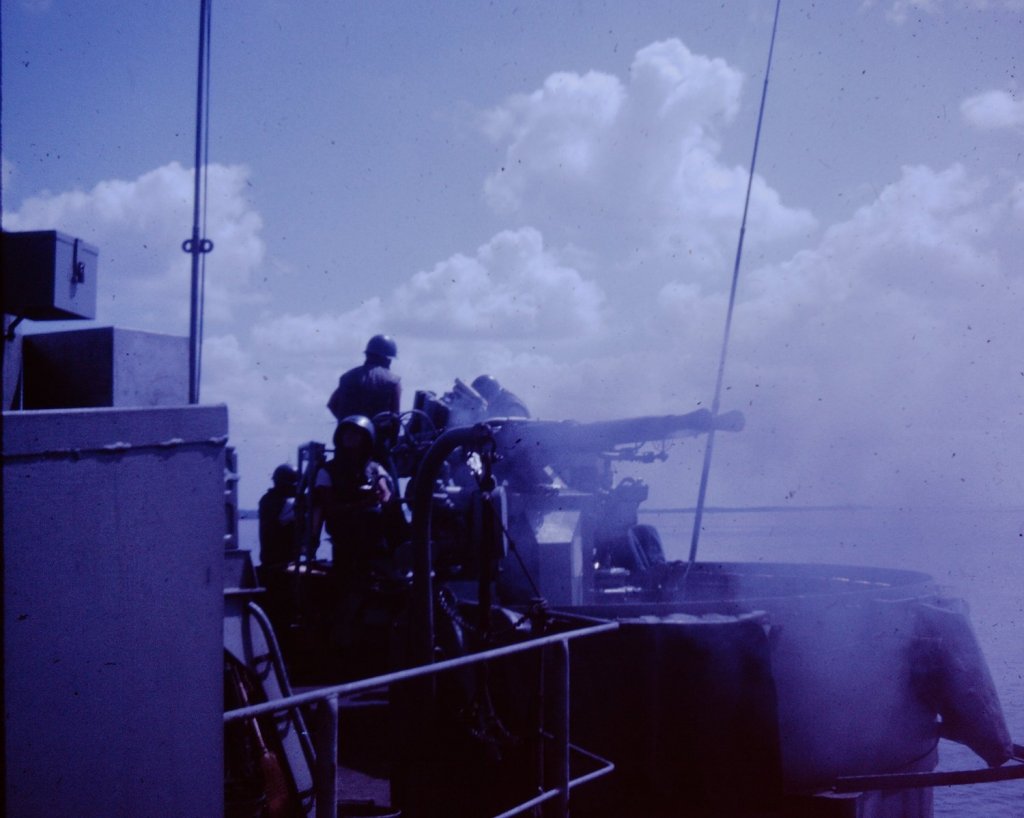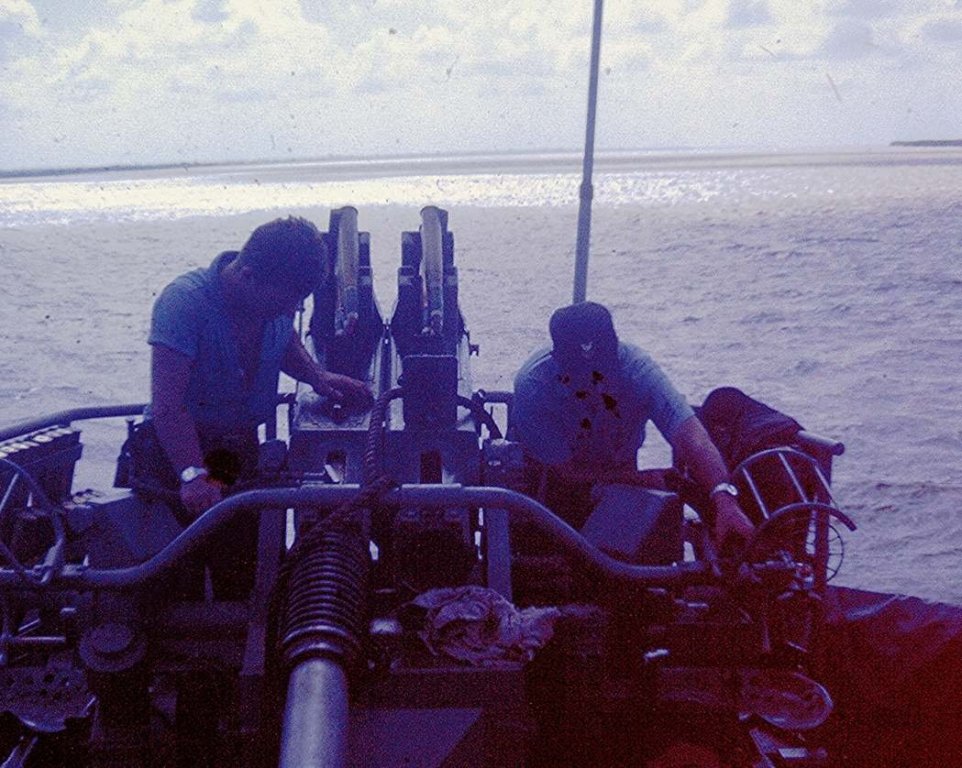-
Posts
1,171 -
Joined
-
Last visited
Content Type
Profiles
Forums
Gallery
Events
Everything posted by jud
-
Ditto on all of all the words of admiration, a fine project successfully executed in spite of the emotional ride. Your Love of, and your pride for your Father shows. jud
- 378 replies
-
- java
- pacific crossroads
-
(and 2 more)
Tagged with:
-
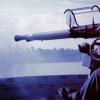
1932 Chevy by Lucius Molchany - Hubley - METAL
jud replied to Lucius Molchany's topic in Completed non-ship models
Owed one when I was a kid, bought it for $75, kept it about 6 months, drove it to my summer harvest jobs then resold it for $ 75, was going to need the Mains re poured,'Babbit' and had no way to do it. Today I would have done it. Mine was rougher than the photo, had a spare on each fender and two hung on the back, also had all spoke wheels, like the photo.I never needed them, in 59 we had better roads and tire rubber. -
Bacon Fat is Bacon Fat, not Lard, I save it for flavor when cooking. Lard is rendered from raw pork fat, not cured like bacon or Ham. Lard is rendered from the trimmings over low heat until a liquid, then filtered through layers of cheese cloth into storage container and allowed to cool and solidify, it will be white when set up. Straining the fat through cheese cloth removes any solids that will cause the Lard to go rancid and can be kept in a cool place for a very long time before use, it will be free of any salts, sugars and peppers used in curing meat. jud
-
Would expect the outboard bar for the freeing ports was in place to prevent the port door from opening past the point where wave action would not close the port instead of opening it more. Looks like if it was a bit closer to the bulwark restricting the opening would be more apt to do what was intended but With the ship healed over, it might actually be at the best position to allow for max flow outboard yet outboard water would close it, experience and observation was probably used in the choice about where to stop the opening of the door. Suspect a tape measure was used to determine where the stop was placed. Excellent work and coming along nicely.
- 281 replies
-
- falls of clyde
- tanker
-
(and 2 more)
Tagged with:
-
Looking good, when you redo it, leave the thimble out of the inside of the double block. Put an eye into the end of the running tackle using a short back splice. Then place over the loop on the inside, side of the block, go to the other end for the bitter end and drop it through the block loop, pull it through and re-rig, the connection will resemble a square knot and can easily be undone, you will have a compact professional looking and secure non wearing connection at the inside of that double block. Are you going to use this, or as months ago you were wondering about sources for such rigging for decorative purposes. I like hanging useful things on the wall such as this, find such decoration comfortable.
-
I would do it the following way Julie, Just use an eye on the two block on the intended inside, side, no thimble, go ahead and use the thimble on the outside where some movement causing wear may take place. The tackle line should be led through the eye and laid back against itself and seized tight, close up to the eye. When you rig it run the line the same as it was made up in the new roll, less twisting that way. Yep it does make a difference when using twisted natural fiber. Block looks nice Julie.
-
Piet, don't need to see it, have seen enough of your stuff to know it will be right and look way above the norm. That said, I do want to see the results because I enjoy seeing your work. jud
- 378 replies
-
- java
- pacific crossroads
-
(and 2 more)
Tagged with:
-
The initial flash is what a B & W photo does not record. Does not last long, collapses in on itself leaving the multi level dirty white to gray smoke caused by different density in the smoke cloud. Your mix with a bit of orange looks good.
- 378 replies
-
- java
- pacific crossroads
-
(and 2 more)
Tagged with:
-
We didn't unload the loader to drop the Breech to remove a barrel. Cleaning this one, the water jacket is clearly seen, a close look will reveal the hose connections on the right gun, that fitting recoiled with the barrel through the slot clearly seen on the top of the left guns housing. This gun was manned 24/7 and did most of the shooting, we seldom went to GQ to provide fire support or transit the river, to much to do and not enough men so this gun took up the slack, we re gunned this one because of barrel wear, quick change, half hour per barrrel would do it.
-
We kept a fire hose to run into the cooling tank, if you weren't careful The water would turn to steam and pressurize the tank and a hot flow would come out the breather filler cap, bounce off the tank and scald us all, Quick fix throw a flack jacket over it and keep on shooting, second loaders would start to cool the tank with the fire hose. Here is a cooling tank getting replacement water it had boiled out. Each gun had it's own tank, looks like one tank but is two separate tanks and cooling pumps. Yes, that is a helmet, fine pouring spout on the front of them.
-

Laying out plans in a smaller workshop
jud replied to alde's topic in Modeling tools and Workshop Equipment
Plan Holder might work for you. When I had my Surveying office, things like Assessors Maps, Quad Maps, Highway and Railroad maps to organize, I bought 5 of those hangers similar to the one in the photo and built some horns that I attached to the wall to hang them from, one on each end. They worked well, one of them has been holding about 40 USGS 1:24,000 Quad Maps for years, did not use them as often after I had purchased a couple of disks of my part of Oregon USGS Maps, Just printed color letter size copy's of what I wanted from disk or printed using the plotter for full size copies. Those Plan Holders don't require much space and with the sheets hanging the roll memory eventually is lost, when you wish to look at one, look at it there or remove the holder from the rack, flip the drawings above the one you want and lay it over something, don't need to remove any from the holder or use sand bags to keep flat, but if you do wish to remove one, it's easy, I use the floor when removing or adding sheets saves frustration. Mine will hold up to a 30" wide sheet along the narrow side, the space below the hanger is all that limits length -
Since the Cannonades and guns were stored outboard with the muzzles through the Ports, it would require tackle to haul them inboard for maintenance and initial loading. The guns being in he stowed position, a ring in the deck, convenient for that position makes sense. Having the tackle rigged full time does not, so a double block rig needs a place to hang, clear of deck and gun when not in use, could be stored horizontally from the sides of an overhead beam, handy and out of the way. Another thing to think about, the ways would have been greased and like a wheeled carriage, protection of the serving crew would be needed when working the gun during battle when unexpected rudder shifts could cause an unsecured weapon to run without warning. I suspect the gunners of old did many common things when handling their guns, than never got into the record which was written by observers who were not doers. jud
-
Have seen walls made soundproof by double studding. Each side had it's own support 2 X 4 studding sitting on the same 2 X 6 sill. The studs were evenly spaced but alternating sides, so a sound absorbing curtain could be woven between them, when in place each side was finishing to match the rest of the structure, just 2" thicker than the 2 X 4 walls. Might be able to duplicate the effects of such a wall, using double boxes separated by, a curtain. The discharge air could be muffled by a series of furnace filters or filter material stacked inside a large tube made to fit your space and allowing a muffled depressurization your vacuum container inner box. Like most things, different ways to get the job done. Good Luck.
- 17 replies
-
- cyclone
- vacuum cleaner
-
(and 2 more)
Tagged with:
-
Put it outside mounted on a post or stand secured to the ground, not your shop, place it where you will have minimum bends on the suctions side, build a shelter around it with easy access for upkeep and cleaning. No point in taking up space inside, wiring with an inside switch should be easy and the hole for the suction pipe should not be a problem either, just use foam or rubber to seal, don't want hard contact with the structure. Enjoy your quiet and cleaner work space.
- 17 replies
-
- cyclone
- vacuum cleaner
-
(and 2 more)
Tagged with:
-
Or find a wet and dry thermometer, wet the wet bulb and giver her a spin, do every 4 hours and log it. That is what was done in the Navy in the early 60's but those instruments they disappeared from the bridge and quarterdeck. You have came up with a good substitute for those Wet and Dry Thermometers we used years ago, same principal, so the results should be good. See there are some avable today that aren't very expensive, those like we used I did not see during my quick search but they were expensive instruments and would still be expensive to make today. jud .
-
The first photo, ( Wed 1638 ), shows me at the pointers position, we fired using local control and our sights, so as Gun Captain, it was common practice to take that position, could use the sights and when satisfied, it was me that pressed the firing pedal. Our gun crews almost lived on the guns and did not need close observation, all were cross trained, I could call a second loader up and put him in the pointers seat and go repair a gun if needed. Replaced the extractors in the right gun of a twin while the left was firing one nite, hadn't noticed until then, with my feet and legs in the pit above the ejection shoot, that the gas in the empty cases glowed as they went by and the opined breach also emitted a glow. Forces ashore needed support and it was this gun providing it, no others were maned so needed those extractors changed..
-
Some of the brass ones were made into ashtrays, but very few in relation to what went over the side. I have an ash tray that I made in RVN from a brass case. We were receiving a lot of steel cases, the brass was also a mixed lot, newer had less copper than the the older WW2 stuff that seemed to be softer and a different color, if you look at my above photo of spent ammo, the steel cases can be picked out from the brass and the two different colors of brass is also detectable. Your ash tray is clearly of the WW2 vintage, we had two of that vintage split the case when fired, one of them the projectial just cleared the muzzle and exploded, pattern in the water was a half circle, almost a perfect straight line on the gun side perpendicular to the line of sight. That ammo was part of a deck load that had been hit with recoilless rifle fire and set on fire and the fire put out, we sorted it out, but we were happy to see the last of it fired. Navy 40 MM ammo because of the volume fired over the fleet, used a self destruction feature as part of the tracer that exploded the round after about 4000 yards, out of thousands, only experienced the one that was that early. Delivery day, everything we consumed was delivered by these small ships, they were often fired at, slowed that down after putting 81 MM-50 Cal combo Mortars on them, they could return the fire much better. Reminds you of Mr. Roberts.
-
Republic of Vietnam. We started to save it, but we went through so much it was crowding us off the ship because we couldn't get it picked up and we never left the river to dispose of it. It went overboard, sometimes the popular forces would get some cans to fill with mud and build forts along the river bank, most of them went over the side, we shot holes in every one so they would sink. Second photo, Bob had just thrown an empty 40 MM can overboard, it was a 20' throw from there, but on the 01 level so the rail was cleared
-
Must keep in mind, a Naval Gunship of any type or nationality, ancient or modern, only exists to get the guns or weapons to the battle and support them. The rule is, in the way of working the guns, it must move, guns come first, so you put up with losing the space they and their equipment occupy. jud
-
Reason I refereed to the Mooring line in both posts, go ahead and remove your foot from that location, we all find our feet in uncomfortable positions occasionally.
-
Might try a three color smoke, fresh shot with an orange glowing flash, avoiding the bore shape, it mushroomed and billowed inside the smoke, some off white around and then broken sections of dirty white, bleeding aft, amount of drift depending on the amount of or absence of flash. There was some Flashless Powder for nite time use, even in the 60's when I was a Gunners mate in an 8" turret we never used it in training.
- 378 replies
-
- java
- pacific crossroads
-
(and 2 more)
Tagged with:
-
There was a slot, as the 4 round clip was fed into the loader, the clip dropped out of the loader ending up on the deck where the first loader was standing, just as you thought. In the second photo above and just left of the First Loader with his back to you, you can see the slot where the clips dropped clear, looks like one is just clearing the loader in the photo. Here is a photo your friend might enjoy, could put a lot of rounds through those twin Bofors and we did. .
-
Good looking Bofors and crew. I will include some photos of one in action in RVN, you can then see how the loaders held the 4 round clips as they loaded them. We re-barrelled this gun without unloading as the photo shows. This gun sure looks a lot like your model, but we had more ammo. Just noticed, the large helmets were to fit over the sound powered phones, the Pointer and Trainer in the seats wore them, if the mount Captain was not pointing, he would have been wearing one also.
-
Looking good, gun smoke in those days was fairly dense and was not flash-less, going to be difficult to reproduce. I suspect the guns were free to fire when loaded, director aimed but locally fired so broadsides in a ship to ship unlikely, perhaps a director controlling a couple of guns firing in unison, but not the whole battery, also there will be stoppages and a gun or two may be slow. Doing an great job on the whole project, all I could add would be to say the shell splashes could be larger, shell near misses, often soaked those on the bridge of Cruisers, but you don't want them that large, it would hide way too much. The Japanese used die markers on their projectiles for spotting purpose's, would expect to see reds, greens and yellows in all shell splashes and in the water after the splash collapsed. Glad to see you are keep-en, keep-en on. jud
- 378 replies
-
- java
- pacific crossroads
-
(and 2 more)
Tagged with:
About us
Modelshipworld - Advancing Ship Modeling through Research
SSL Secured
Your security is important for us so this Website is SSL-Secured
NRG Mailing Address
Nautical Research Guild
237 South Lincoln Street
Westmont IL, 60559-1917
Model Ship World ® and the MSW logo are Registered Trademarks, and belong to the Nautical Research Guild (United States Patent and Trademark Office: No. 6,929,264 & No. 6,929,274, registered Dec. 20, 2022)
Helpful Links
About the NRG
If you enjoy building ship models that are historically accurate as well as beautiful, then The Nautical Research Guild (NRG) is just right for you.
The Guild is a non-profit educational organization whose mission is to “Advance Ship Modeling Through Research”. We provide support to our members in their efforts to raise the quality of their model ships.
The Nautical Research Guild has published our world-renowned quarterly magazine, The Nautical Research Journal, since 1955. The pages of the Journal are full of articles by accomplished ship modelers who show you how they create those exquisite details on their models, and by maritime historians who show you the correct details to build. The Journal is available in both print and digital editions. Go to the NRG web site (www.thenrg.org) to download a complimentary digital copy of the Journal. The NRG also publishes plan sets, books and compilations of back issues of the Journal and the former Ships in Scale and Model Ship Builder magazines.


